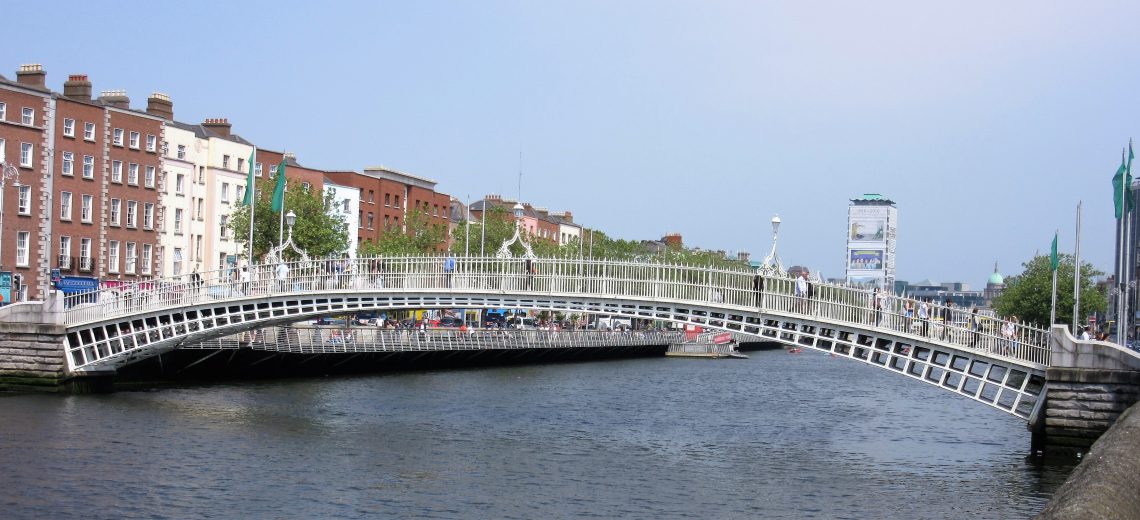The original meaning of silhouette, both in French and in English, is a portrait in profile obtained by tracing the outline of a head or figure by means of its shadow.
The earliest known instance of the word in French is from L’Arétin moderne (Rome, 1763), by the French author Henri-Joseph Dulaurens (1719-93), who mentioned:
The persons who were making in 1758 portraits in the Silhouette (manner).
original text (1776 edition):
Les gens qui faisaient en 1758 des portraits à la Silhouëtte.
The word is first recorded in English in The Monthly Review; or Literary Journal (London) of December 1798:
The translation of a translation, however elegant, is at best but the shadow of a shade,—the reflection of moonlight,—the silhouette of a bust,—the echo of a mockbird’s song.
ORIGIN
This word is from the name of Étienne de Silhouette (1709-67), a French author and politician who became the subject of hostility while briefly holding the office of Controller-General of Finances from 4th March to 20th November 1759.
However, the reason that outline portraits were named after Étienne de Silhouette remains uncertain. It is generally said that the common noun silhouette originated in some reference to Silhouette’s tenure of the office of Controller-General in 1759, but this is contradicted by the fact that Dulaurens wrote that people were already making portraits à la Silhouette in 1758.
Three theories exist. The first two are traditional, as each of them refers to one aspect of the office held by Silhouette. The third is in my opinion more convincing but is unfortunately unprovable.
FIRST THEORY
According to the French author Louis-Sébastien Mercier (1740-1814) in Tableau de Paris (Hamburg and Neuchâtel, 1781), the word silhouette was intended to ridicule the petty economies introduced by Étienne de Silhouette while holding the office:
[The fame] of a Controller-General, risen to this position with the highest reputation, fell rapidly. He made several mistakes, although endowed with wit and knowledge. From then on everything appeared in the Silhouette (manner), and it was not long before his name became ridiculous. Fashions intentionally bore a stamp of dryness and pettiness. The greatcoats had no crease, the trousers no pockets; the snuffboxes were of raw wood; the portraits were heads drawn in profile on black paper, by means of the shadow of the candle, on a sheet of white paper.
original text:
[La célébrité] d’un contrôleur général des finances, monté à cette place avec la plus haute réputation, tomba précipitamment. Il fit plusieurs écoles, quoique doué d’esprit & de connoissances. Dès lors tout parut à la Silhouette, & son nom ne tarda point à devenir ridicule. Les modes porterent à dessein une empreinte de sécheresse & de mesquinerie. Les surtouts n’avoient point de plis, les culottes point de poches ; les tabatieres étoient de bois brut ; les portraits furent des visages tirés de profil sur du papier noir, d’après l’ombre de la chandelle, sur une feuille de papier blanc.
SECOND THEORY
According to the Dictionnaire général de la langue française du commencement du XVIIᵉ siècle jusqu’à nos jours (Paris, 1895), by Adolphe Hatzfeld (1824-1900) and Arsène Darmesteter (1846-88), the word silhouette originally referred to Étienne de Silhouette’s brief tenure of the office of Controller-General:
Étienne de Silhouette, Controller-General in 1759, disgraced after eight months, hence the phrase in the Silhouette (manner), applied humorously to everything that seemed ephemeral.
original text:
Étienne de Silhouette, contrôleur général en 1759, disgracié au bout de huit mois, d’où la locution à la Silhouette, appliquée plaisamment à tout ce qui paraissait éphémère.
THIRD THEORY
According to the Journal Officiel de l’Empire Français of 29th August 1869, the outline portraits were named after Étienne de Silhouette because it was him who invented this technique:
[The castle of Bry-sur-Marne] was built in 1759 by Etienne de Silhouette, who held the seigniory of Bry at that time. One of the chief pastimes of this lord consisted in drawing a line around the shadow of a head in order to see its profile drawn on the walls. Several rooms of his castle were covered with these sorts of drawings which were called silhouettes, after the name of their author, denomination that has always remained.
original text:
[Le château de Bry-sur-Marne] fut construit en 1759 par Etienne de Silhouette, à qui appartenait alors la Seigneurie de Bry. Une des principales distractions de ce seigneur consistait à tracer une ligne autour de l’ombre d’un visage afin d’en voir le profil dessiné sur les murs. Plusieurs salles de son château avaient les murailles couvertes de ces sortes de dessins que l’on appela silhouettes, du nom de leur auteur, dénomination qui est toujours restée.
This theory could account for the fact that portraits à la Silhouette might have existed before Étienne de Silhouette became Controller-General: according to Guy-Jean Néel in Silhouette et Silo (Les Cahiers de Fontenay, École Normale Supérieure Fontenay/Saint-Cloud – September 1987), this technique might have become fashionable because Silhouette gave frequent receptions in his castle. But it is unfortunately impossible to verify this theory, because a fire destroyed the castle of Bry-sur-Marne in 1871.
Machine sûre & commode pour tirer des Silhouettes
illustration by Johann Rudolph Schellenberg (1740-1806), Swiss artist, author and entomologist for Essai sur la physiognomonie, destiné à faire connoître l’homme & à le faire aimer (The Hague, 1783), by Johann Caspar Lavater (1741-1801), Swiss poet, writer, philosopher, physiognomist and theologian

